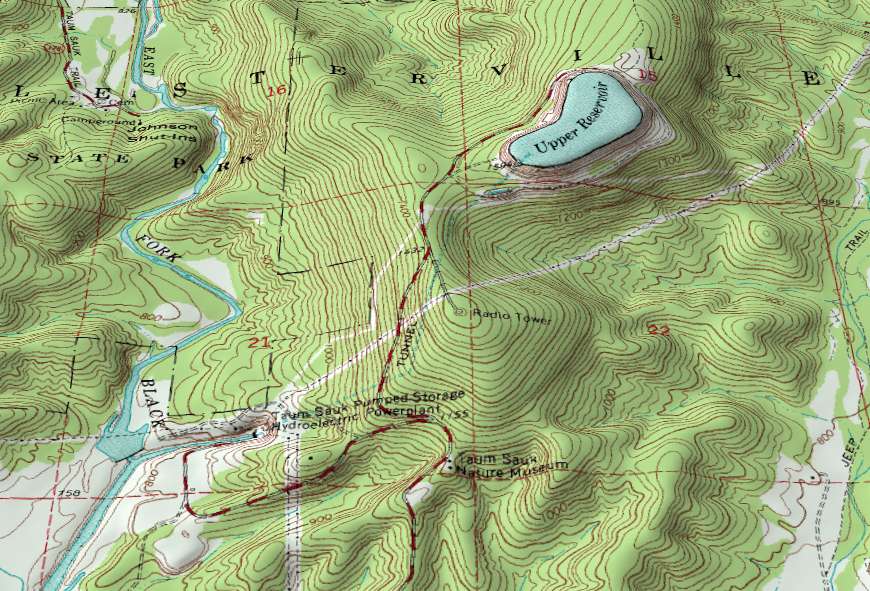A group of scientists from Al-Azhar University and the Giza High Institute of Engineering & Technology, in Egypt, has developed a geographic information system (GIS) model based on remote sensing to identify suitable sites for pumped-hydro energy storage.
The model is based on multi-criteria decision analysis (MCDA), which is a decision-making technique that considers multi-dimensional factors and enables the comparison of technologies by combining individual criteria into one overall approach. The model's criteria were outlined with the weighted linear combination (WLC) technique, which is a decision rule for deriving composite GIS maps.
The proposed technique considers a pumped-hydro project's head and elevation difference, the penstock-length distance from the base plant, the site's slopes and slope of the ground surface, the distance to the national grid and road networks, and the soil suitability. It also takes into account constraints such as land use and restrictions.
The model was tested on the whole land of Egypt and, in particular, a buffer zone with a 5km distance around water body surfaces. “This area is bordered by Palestine at the northeast; the Red Sea at the east; Sudan at the south; Libya in the west; and the Mediterranean Sea in the north,” the scientists specified.
Popular content
The collected datasets were converted to raster data layers and the suitability values ranged from high suitability to low suitability. The classification values used ranged from one to 10, with 10 being the most suitable for pumped hydro sites. “Sixty-two potential candidates for optimum PHES locations considered as huge national resources were found,” the Egyptian group stated. “The high-suitability sites covered a total area of 652.79km2, with 12 sites mainly concentrated on Aswan governorate, along the River Nile.”
The model was delineated in the paper A GIS model for exploring the water pumped storage locations using remote sensing data, published in The Egyptian Journal of Remote Sensing and Space Science.
This content is protected by copyright and may not be reused. If you want to cooperate with us and would like to reuse some of our content, please contact: editors@pv-magazine.com.



1 comment
By submitting this form you agree to pv magazine using your data for the purposes of publishing your comment.
Your personal data will only be disclosed or otherwise transmitted to third parties for the purposes of spam filtering or if this is necessary for technical maintenance of the website. Any other transfer to third parties will not take place unless this is justified on the basis of applicable data protection regulations or if pv magazine is legally obliged to do so.
You may revoke this consent at any time with effect for the future, in which case your personal data will be deleted immediately. Otherwise, your data will be deleted if pv magazine has processed your request or the purpose of data storage is fulfilled.
Further information on data privacy can be found in our Data Protection Policy.